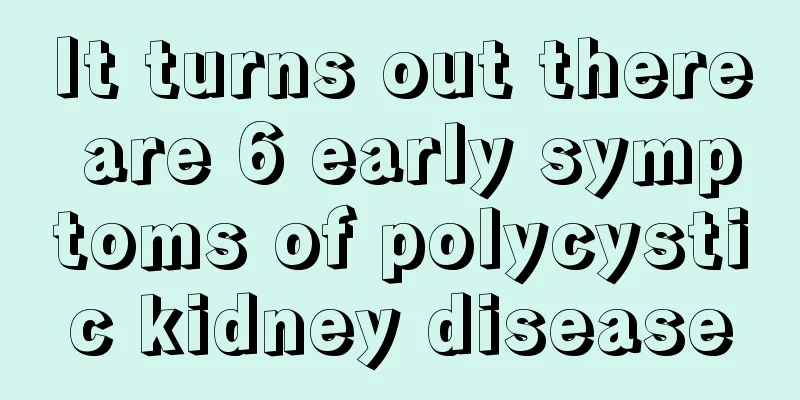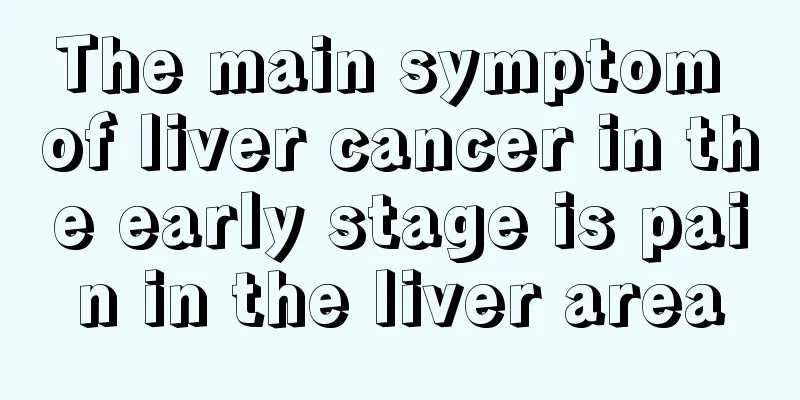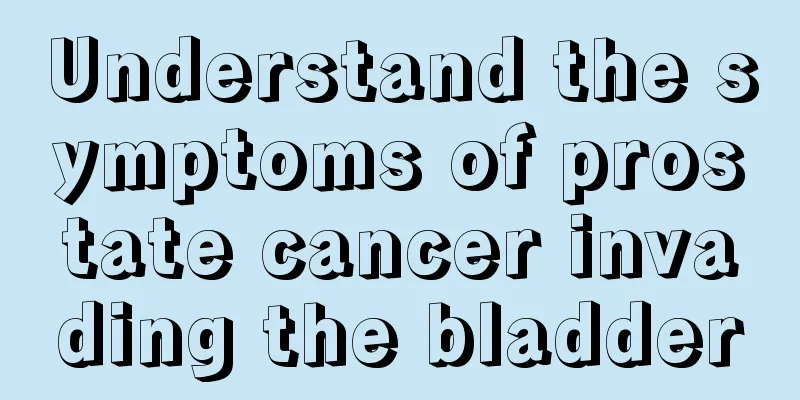It turns out there are 6 early symptoms of polycystic kidney disease

|
Polycystic kidney disease is a common hereditary disease in daily life, which poses a huge threat to human health. Therefore, it is particularly important to understand the early symptoms of polycystic kidney disease and receive timely treatment. In fact, there are 6 early symptoms of polycystic kidney disease, the most important of which is hematuria. 1. Kidney enlargement The renal lesions on both sides progress asymmetrically and differ in size. In the late stage, the two kidneys may fill the entire abdominal cavity. There are many cysts on the surface of the kidneys, making the kidneys irregular in shape, uneven, and hard in texture. 2. Pain in the kidney area Its important symptoms are often a feeling of pressure or dull pain in the lower back and back, severe pain, and sometimes abdominal pain. The pain may be aggravated by physical activity, walking for too long, sitting for a long time, etc., and may be relieved by lying in bed. Bleeding in the kidney, movement of stones, or infection can also cause sudden, severe pain. 3. Hematuria About half of the patients present with microscopic hematuria, and may have paroxysmal gross hematuria, which is caused by rupture of blood vessels in the cyst wall. When bleeding is heavy, blood clots may pass through the ureter and cause colic. Hematuria is often accompanied by leukocyturia and proteinuria. The amount of urine protein is small, generally not exceeding 1.0g/d. In case of intrarenal infection, pyuria is obvious, hematuria worsens, and low back pain is accompanied by fever. 4. Hypertension It is a common manifestation of ADPKD. Before the serum creatinine increases, about half of the patients develop hypertension, which is related to the cyst compressing the surrounding tissues and activating the renin-angiotensin-aldosterone system. In the past 10 years, Graham PC, Torre V and Chapman AB have confirmed that the number of renin granules in normal kidney tissue, cyst-adjacent stroma and cyst epithelial cells in this disease is increased, and renin secretion is increased. These are closely related to the development of cyst growth and hypertension. In other words, cysts grow faster in people with hypertension, which can directly affect the prognosis. 5. Renal insufficiency This disease will lead to renal insufficiency sooner or later. In some cases, renal failure will occur in adolescence. Generally, renal function declines rarely occurs before the age of 40, and about half of the people still maintain renal function at the age of 70. However, the process of progression to renal failure is greatly shortened in those with hypertension. Some patients can still maintain kidney function at the age of 80. 6. Polycystic liver disease About half of ADPKD patients diagnosed in middle age have polycystic liver disease, and about 70% after the age of 60. It is generally believed that it develops slowly and is about 10 years later than polycystic kidney. The cyst is formed by dilation of the labyrinthine bile duct. In addition, cysts may also occur in the pancreas and ovaries, and the incidence of colon diverticula is relatively high. Adult polycystic kidney disease usually develops symptoms in early adulthood, often with hematuria, hypertension or renal insufficiency. Larger polycystic kidneys may be found during abdominal palpation. Renal function usually declines slowly and progressively. Hypertension, obstruction or pyelonephritis are important causes that accelerate renal damage. Autosomal recessive (infantile) polycystic kidney disease occurs in infancy and is clinically rare. Most patients die in infancy, and only a very small number of patients with mild symptoms can survive into adulthood. The degree of anemia in this disease is often milder than that of uremic anemia caused by other reasons, because kidney cysts can generally produce erythropoietin. |
<<: Can patients with high blood pressure drink medicinal liquor? Patients must know
>>: There are so many functions and effects of soybean paste
Recommend
The functions and effects of honey soap
Honey soap refers to a kind of soap made from hon...
What are the symptoms of advanced lung cancer? Four typical symptoms of advanced lung cancer
Because the lungs are connected to the respirator...
The best treatment for eczema in one-month-old babies
If a one-month-old baby suffers from eczema. Ther...
How to check for early lung cancer? These methods are very good for treating early lung cancer
Lung cancer has a series of early symptoms, such ...
There is a burning pain in the esophagus
The esophagus is an important passage connecting ...
What are some tips for getting rid of red blood streaks
It is very common for people to have red blood st...
What should I eat after kidney cancer surgery
Kidney cancer, there are more and more treatments...
Things to note when exercising in autumn for patients with bladder cancer
What should bladder cancer patients pay attention...
Will brain cancer recur after surgery?
For many patients, there is one thing that is mos...
How to use medical oxygen bags
Medical oxygen bags are easy to carry and are wid...
Postoperative care for colon cancer
What are the postoperative care measures for colo...
What should patients with primary liver cancer eat? Diet therapy for primary liver cancer
Regarding primary liver cancer, patients should n...
The difference between sparkling wine and champagne
There is a big difference between sparkling wine ...
What to do if the pain is severe after liver cancer ablation
What should I do if I feel severe pain after live...
What can I eat to control my appetite?
Women who want to stay slim or obese people who w...









